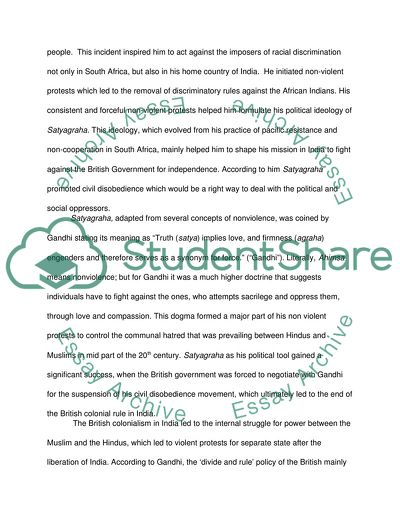Cite this document
(Gandhi and Dalai Lama Essay Example | Topics and Well Written Essays - 1500 words - 1, n.d.)
Gandhi and Dalai Lama Essay Example | Topics and Well Written Essays - 1500 words - 1. https://studentshare.org/religion-and-theology/1794599-nonviolence-and-social-justice-gandhi-and-the-dalai-lama
Gandhi and Dalai Lama Essay Example | Topics and Well Written Essays - 1500 words - 1. https://studentshare.org/religion-and-theology/1794599-nonviolence-and-social-justice-gandhi-and-the-dalai-lama
(Gandhi and Dalai Lama Essay Example | Topics and Well Written Essays - 1500 Words - 1)
Gandhi and Dalai Lama Essay Example | Topics and Well Written Essays - 1500 Words - 1. https://studentshare.org/religion-and-theology/1794599-nonviolence-and-social-justice-gandhi-and-the-dalai-lama.
Gandhi and Dalai Lama Essay Example | Topics and Well Written Essays - 1500 Words - 1. https://studentshare.org/religion-and-theology/1794599-nonviolence-and-social-justice-gandhi-and-the-dalai-lama.
“Gandhi and Dalai Lama Essay Example | Topics and Well Written Essays - 1500 Words - 1”. https://studentshare.org/religion-and-theology/1794599-nonviolence-and-social-justice-gandhi-and-the-dalai-lama.


